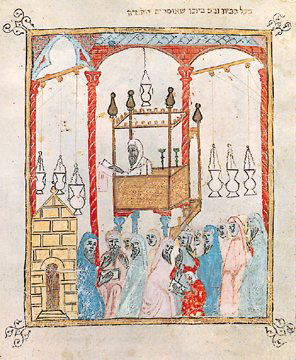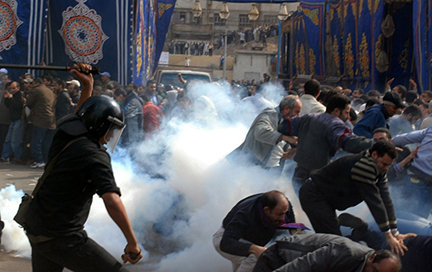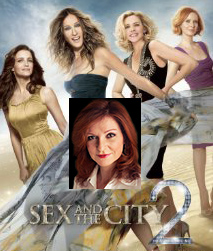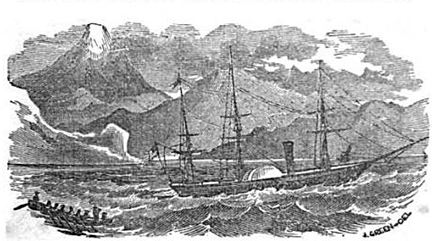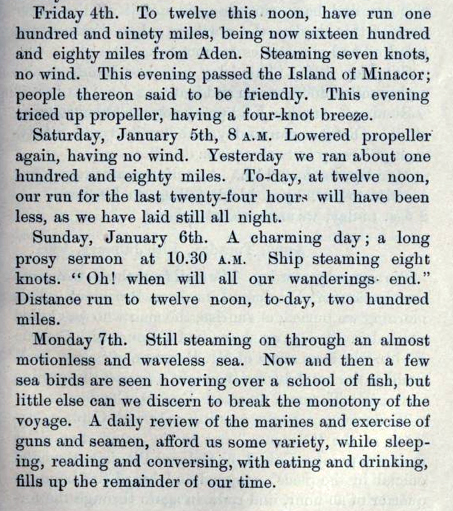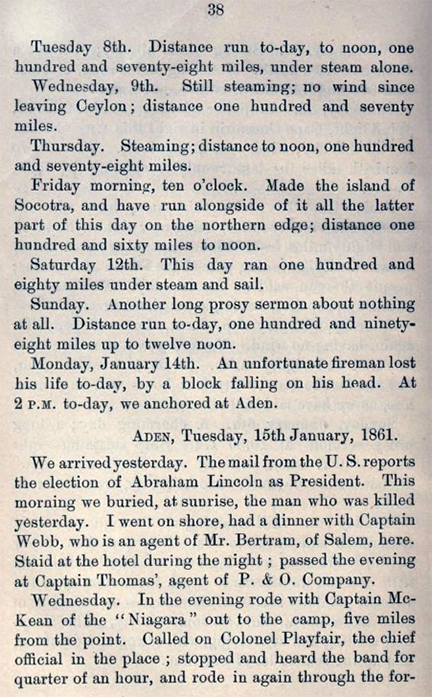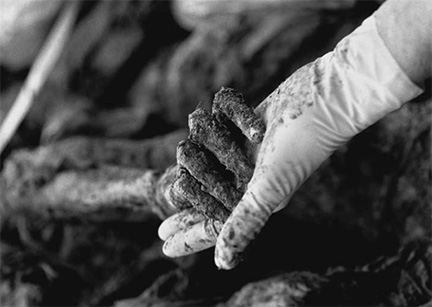
A mass grave near Zvornik from which more than 500 corpses were exhumed, 2002; photograph by Tarek Samarah
In a recent open access article, The Science of Hatred, in The Chronicle of Higher Education, Tom Bartlet discusses a psychologist attempting to understand the Serbian denial of the massacres of Muslims in Bosnia in the 1990s. The subtitle is: “What makes humans capable of horrific violence? Why do we deny atrocities in the face of overwhelming evidence? A small group of psychologists say they are moving toward answers. Is anyone listening?” The article is more a profile of Sabina Cehajic-Clancy, a Bosnian social psychologist who studies intergroup conflict, than a probing of the title. The focus is more on “how” Serbs could deny such a well documented atrocity rather than the motivations for the mass killing. There really is no “science” in the article, a part from a nod to some role for our evolutionary trajectory. But if you would like to read a human-interest story about an individual working on a very personal matter to better understand the denial of atrocities, it is worth reading.
The idea that there can be a “science” of hatred sounds promising, but it tends to fall apart less over the debate about what science is than what we mean by the emotionally charged notion of “hatred.” Several religions teach the God is love, but then also note that there are lots of things that God hates. Love and hate go together, not so much as polar opposites but as part of a continuum of how we perceive the world around us as comforting and dangerous at the same time. There is one kind of hate or love that is directed to an individual because of the familiarity of interaction. Falling into love, to quote the romantic rubric, suggests that we can fall into hate as well. But these are metaphors that swirl around fuzzy concepts. Continue reading The “Science” of Hatred



